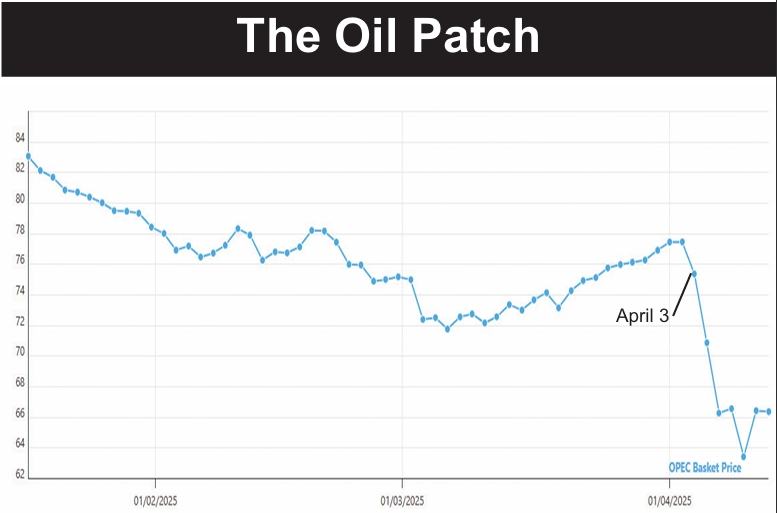The Pasdaran (Revolutionary Guards) were very careful to clarify that they had shot down American drones over the international waters of the Persian Gulf outside Iran’s airspace. Officers did not seem at all concerned that such a shootdown would be illegal since international air space is free for all to use.
The comments by various Pasdar officers this past week provide more detail to the announcement two weeks ago by the head of the Pasdar air force about the shooting down of “Western” spy drones. (See Iran Times of January 7, page seven.)
Gen. Ali Fadavi, head of the Pasdar maritime arm, announced Saturday that his forces hold two US Navy drones. He did not say they were shot down. He did not say how they came into his force’s hands. He said, “These aircraft are now in our possession. We will definitely display them, at an appropriate time.” The pledge to produce firm evidence at some unstated time in the future is a common practice in Iranian politics. The promised evidence is hardly ever produced, however.
Fadavi declined to identify the kind of drones he claimed to have, beyond saying they were US Navy and small. “These are the most advanced reconnaissance planes in the US Navy with high flight capabilities,” was his description.
Fadavi said they were very small so they could be launched from aircraft carriers. But they did not make a great deal of sense, since aircraft carriers launch huge fighter jets.
US military drones range from the size of small commercial aircraft down to model plane size that can be held in one hand. Costs range from thousands to millions of dollars.
Major General Gholam-Ali Rashid, deputy chief of the Joint Staff of the armed forces, was very clear in specifying that American drones were “shot down” by the Pasdaran outside Iranian air space. He went into some detail to make the point that they were not over Iran. He said the drones were “shot down” while also claiming they were in the possession of the Pasdaran, which implied that all Iran had was wreckage.
While the Islamic Republic likes to portray spy drones as hi-tech, they actually cover the range from very high, secret technology down to very low, backyard technology. Some are little more than model airplanes with a sophisticated camera strapped underneath.
Drones are also available commercially. Insitu, a subsidiary of Boeing, sells drones on the open market. The Houston Police Department, for example, is currently experimenting with an Insitu drone that can be carried to its launch platform by one man.
Mohsen Rezai, the secretary of the Expediency Council, ridiculed the United States over its loss of drones, saying it was denying Iran had shot any down to prevent the spread of fear among its troops in the Persian Gulf.
“If the Pentagon admits that Iran has obtained such technology, fear and horror will be created among the forces in the region, so it rejects such news on the crippling of its planes by Iran,” Rezai said Monday.
Actually, one of the attractions of the drones is that an occasional loss is not serious since the drones are unmanned. They are also much cheaper than manned aircraft, specifically because they need not be built with life-saving and defensive devices that cost more than the rest of the aircraft.
The Pentagon said two weeks ago that it wasn’t aware of any spy drones being shot down. Reuters said one official told it that the last drone loss he was aware of was two years ago when one crashed in the Persian Gulf. No Iranian official has given any hint when Iran came into possession of the drones it claims to have.




















